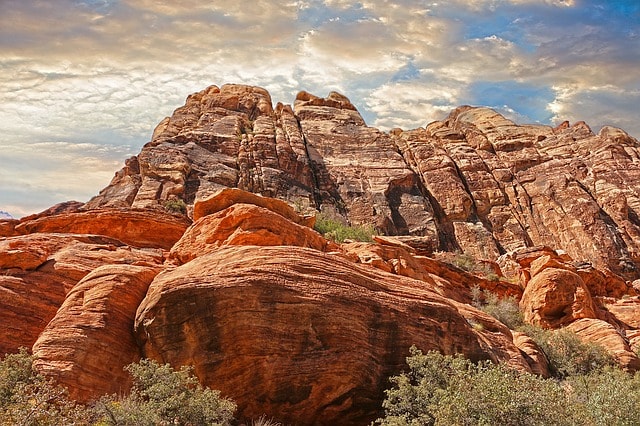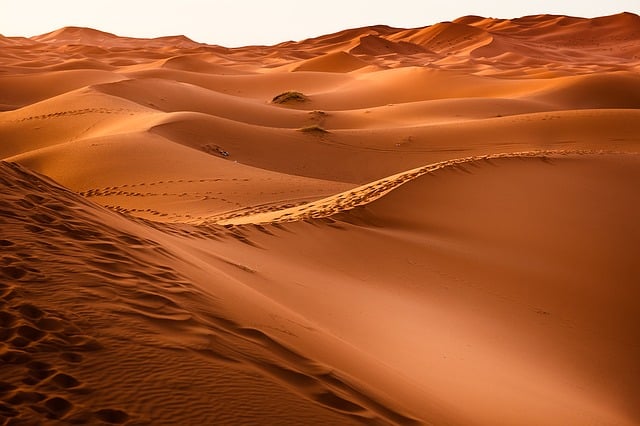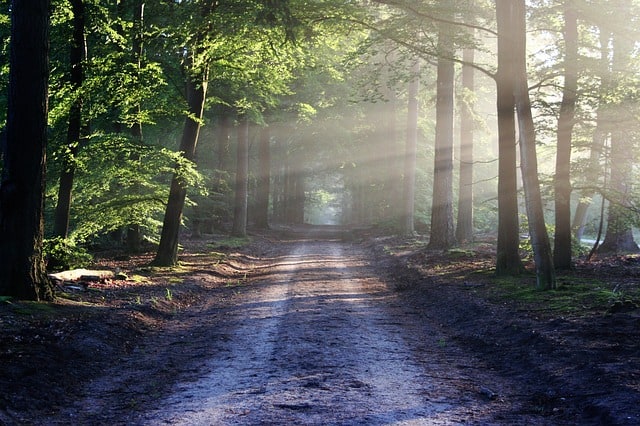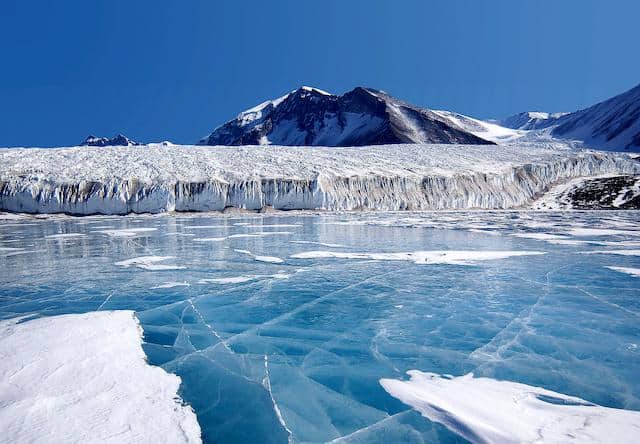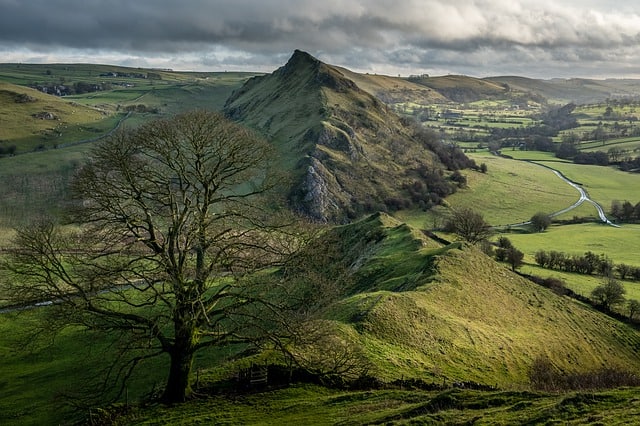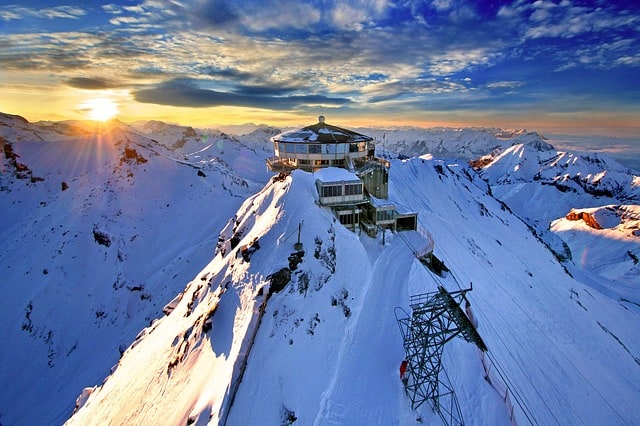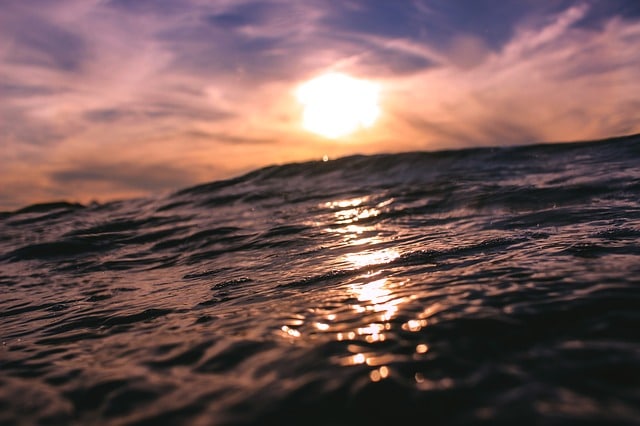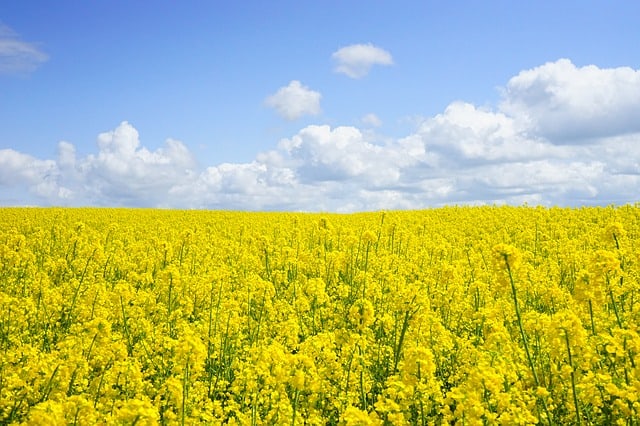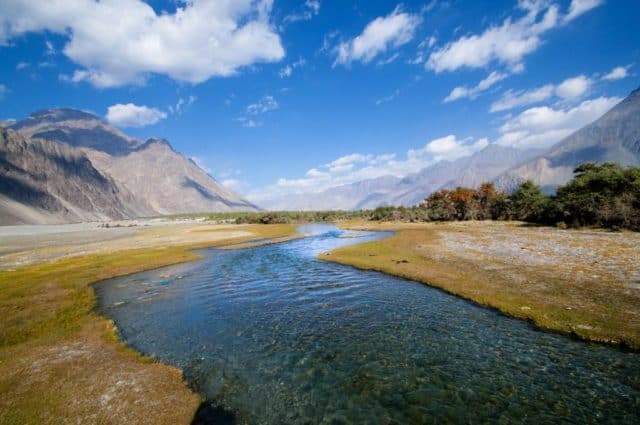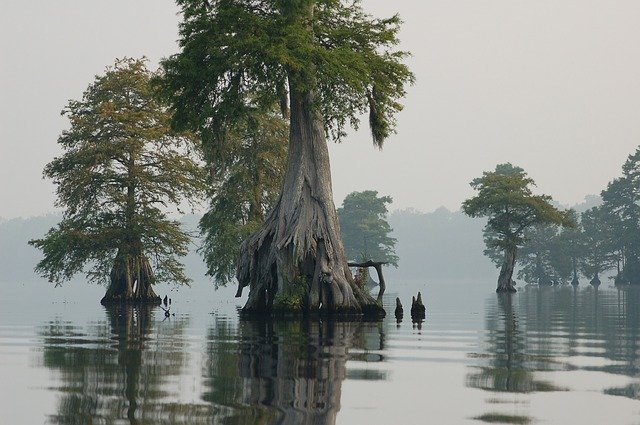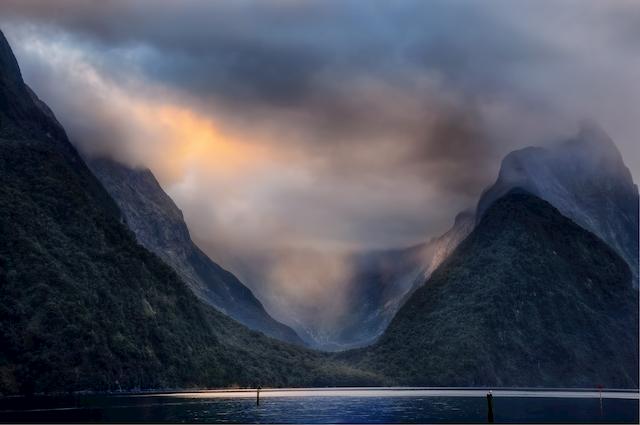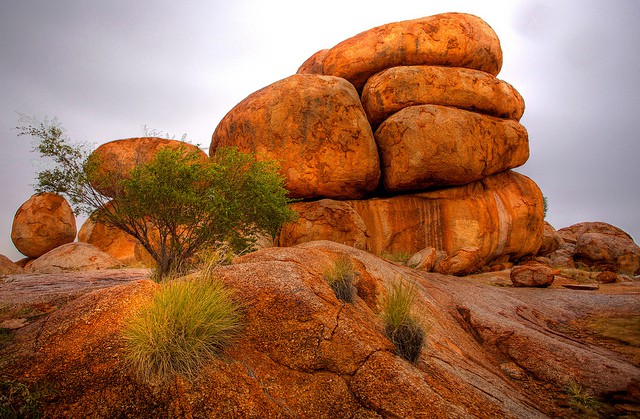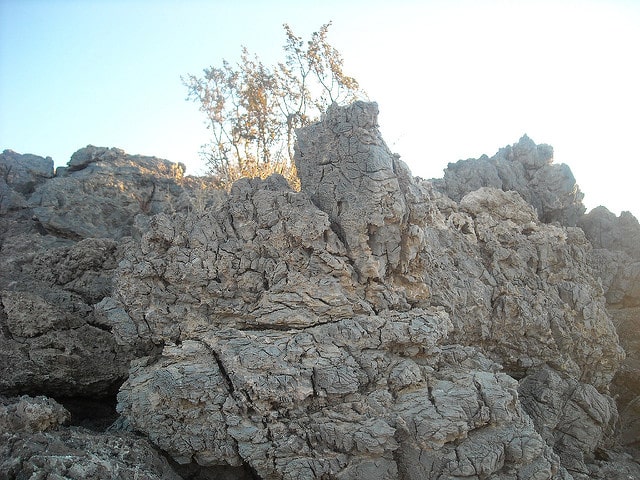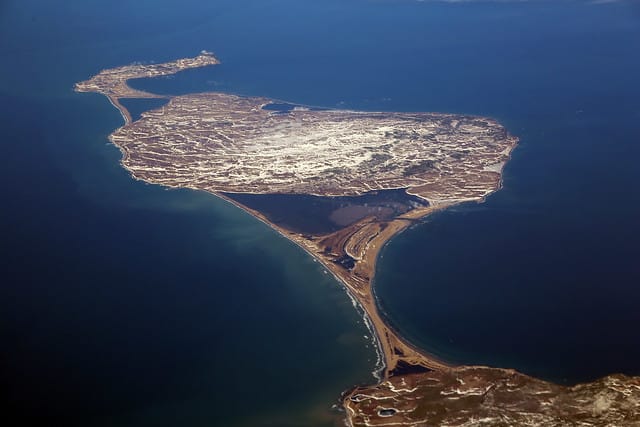14 Different Types of Terrain That Can be Found on This Planet
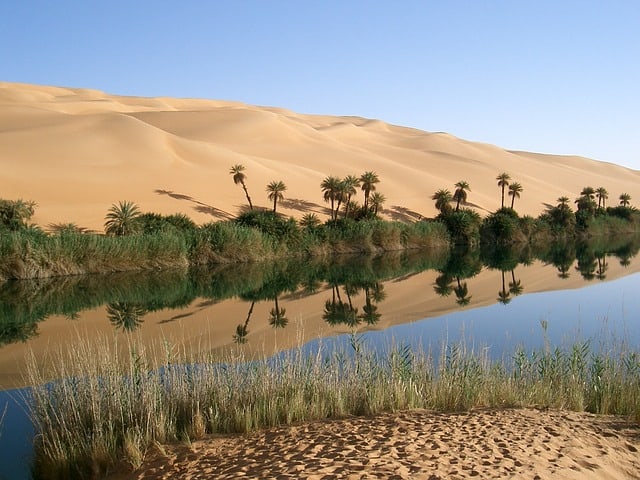
The word Terrain originated from the Latin “Terra” which translates to Earth. The terrain is a word usually used when describing the lay of the land and maybe also be called Topography or relief. This word is most common among geographers, as they are known to study the various unique and different land surfaces found all around the Earth.
The Study of Terrain is most vital to the discovery of habitats most suitable for man and his activities. These activities include agriculture, economics, Transportation, Tourism, Industry, and much more. Terrain may be expressed in terms of elevation, slope, Soil, and other oriental features.
Some other Terrain (relief) related term includes Bathymetry (which describes the study of underwater relief), and Hypsometry (describing the study of sea-level related terrain). The terrain is one factor that influences the flow and distribution of surface water, and also weather and climate patterns over a large area.
14 Different Types of Terrain
There are over 14 Type of Terrain worldwide, these include;
1. Canyons
Canyons most like valleys are created when large bodies of water cut through mountains or hills. However, compared to valleys they are deeper, narrow, and even have steeper sides. They can at times have Water bodies such as rivers, present within them, but not all canyons have these flowing through them.
Canyons are big holes in the ground that is found between cliffs, formed through erosion by river and other weather conditions. Rivers are occasionally found moving through the lower surfaces of the canyon, and are capable of washing away rocky layers over time.
If a creek and river source have very different elevations, erosion due to the water bodies and weather activities can result in the formation of a canyon. Canyons found between two mountain peaks can have a single opening are called box canyons. However, slot canyons are extremely narrow canyons having very smooth walls.
Some other types of canyons include plateau and submarine canyons. Canyons can be found anywhere around the world, including places like North and South America, Africa, Asia, and Europe.
2. Desert
A desert is a barren landscape with little or no water, rainfall, or vegetation. This is a very harsh living environment, most unsuitable for many plants or animal life. Deserts may either be covered by sand, hardened earth, and rocks. They may contain miles upon miles of hard-baked earth and bare rocks.
Desert climate leans towards the extremes; very hot in the day and very cold at night. Places like Poland and the Arctic have deserts that remain rather chilly or in moderate temperatures all year round. Deserts at times experience rainfall now and then, as well as sand storms.
Deserts are uninhabited or deserted lands, due to very little or no availability of water. This has made it extremely difficult for people to live in them unless there is a water source close by. Some deserts house oil springs, some indigenous vegetation such as cactus, and are capable of expanding, shrinking, and moving. A lot of people are however unaware of this fact.
Deserts are of two main types. These include the Dunes (small loose sandhill) and Salt flat (small area of salt covered flat land). Some deserts around the world include Sahara, Kalahari, Namib, Arabian desert, and more.
3. Forest
Forests are terrains that are the polar opposites of deserts and support both wildlife and vegetation. These regions are covered with tall and slim trees and all kinds of vegetation such as vines and ivy plants and different wildlife.
The first noticeable feature of a forest is that they are almost totally covered with trees, and are usually found in areas with more temperate climates. The second is that they are reserved areas of land protected by special laws. The third and most common is that forest areas are at times used as both national parks and game-hunting zones; such as in Great Britain.
Villages and Towns are almost always settled sparsely about forests. In many cases, the forests are looked after by professional foresters and rangers, paid by the government. Some Forests types including:
- Jungles (these are dense and tangled rainforests that are almost impossible to get through)
- Seasonal dry forest (these go through periodical lengthy dry seasons)
- Temperate forest (these are found between the polar and tropic regions of the Northern and Southern hemisphere)
- Temperate rainforest (these receive heavy rainfalls).
4. Glacier
Glaciers are a type of terrains covered by very large masses of ice. They are almost always in constant motion under the influence of its weight. Glaciers are mainly made up of water, rocks, and snow.
As large as they are, glaciers over extended periods still retain their mass. They survive year after year without change. Regions with the most instances of glaciers, include Greenland, Antarctica, and certain areas within higher parts of the Arctic. Just like lava flows and rivers, glaciers also flow but at a very slow pace.
Glaciers at times produce glacial earthquakes, and their frequency has increased over years as a result of Global warming although no one is quite certain why or how they occur.
5. Hill
Hills are yet another form of terrain. They are pieces of land above sea level that rise to form a peak. Hills are very similar to mountains but are however not as high or as steep. Hills may be formed due to sediment deposition or erosion, and may also be covered with trees, grasses, or bare like a desert.
Hills are often found in areas that experience transition from flat plains to larger mountains. At times it becomes quite difficult for people including geographers to state for certain if a structure is a hill or a mountain.
As for agricultural purposes, hills tend to be quite problematic to farmers due to soil erosion, plowing challenges, drainage problems, amongst other issues. Although some plants like grapes have been discovered to grow and thrive best on hills than on plain grounds.
Some types of Hills include:
- Butte (an isolated hill with steep sides, small but flat top)
- Mesa (these are similar to buttes but often seen in landscapes with horizontal strata)
- Mima mounds (areas of small mounds ranging up to 6.5feet in height and over 29 feet in diameter).
6. Marshes
Marshes are waterlogged low-lying land terrains, flooded during high tides or wet seasons. This means that they typically remain that way all through the year.
Marshes are mainly described as wetlands and inhabited by various herbaceous plant species rather than woody. They are mainly found near the edges of bodies of water, like streams, lakes, lagoons, and others, and can serve as a middle ground between terrestrial and aquatic ecosystems. They house vegetations such as reeds or rushes, grasses, and shrubs.
Marshes are of several different types and are generally classified based on their salinity and location. They are both important factors that greatly affect the amount of plant and animal life found within the marsh.
Thus, marshes are classified into three:
- Salt marshes (found mostly within middle and high latitudes)
- Freshwater marshes (very common to North America)
- Tidal marshes (governed by the nearby ocean tides).
7. Mountain
Mountains are essentially quite similar to hills but are much higher in elevation. However, the minimum height of a mountain is recorded at 2,000 feet. The tallest mountain in Alaska is the Denali mountain, which is in North America covering a height of over 20,000 feet, and the tallest mountain ever recorded worldwide is Mount Everest, standing over 29,000 feet high.
However, there may be no basic differences between hills and mountains, but there are some things that make them unique to one another. Which are;
- Mountains are more difficult to climb than Hills.
- Mountains are usually considered to cover more than 2,000 feet.
- Hills are both lower and have less steep sides than Mountains.
- Most Mountains are formed by volcanic activity.
8. Oasis
An oasis is an isolated terrain of water bodies within a desert. It is usually a freshwater source, which could be either a small lake, a pond, or a spring. These areas may indeed be inhabited by animals and at times humans, depending on its size (oasis).
An Oasis is a very fertile ground and may span as far as 2.5 acres to land, which is large enough to support a farm. The Rain showers are capable of sustaining the natural water pool (oasis), which is used by migrating birds and other animals as a place to hydrate themselves.
9. Oceans Terrain
Oceans are a very large unbounded area of saline (salty) water. Though the word ocean has at times been used interchangeably as seas, they aren’t the same. Though the sea may also be a saline water source, unlike oceans they are bounded on both sides by landforms.
The ocean is recorded to cover about 70% of the earth’s surface and 97% of the water used on earth. Oceans are quite vital for life on earth as they control the various weather patterns ass well as the earth’s climate. They also serve as a habitat for over 230,000 species within it, however a major percentage of it remains unexplored, so there could be more.
10. Open Terrains
Open terrains are also known as open country or open ground. They are a flat expanse of land occupied by trees, farms, tall grasses, and nowadays tall buildings, and more. They are usually the best areas to site airports and are at times used for operations by the military.
11. River Terrains
Rivers are large bodies of freshwater. Most rivers usually source from a collection of springs, streams, and other smaller tributaries that continually feed it. Some rivers at times end in wetland or even go underground. However, underground rivers are very poorly understood and hardly studied.
Rivers are one water source heavily for domestic and irrigation purposes. Some rivers have been the root influence that has brought many societies into the modernization. To this day many different cities are located near or above rivers which are mostly dependent on for divers purposes.
12. Swamp Terrain
Swamp terrains are areas that have both shallow water bodies and solid landforms. They move very slow and are mainly covered by different vegetation types. You can find animals like crocodiles and snakes living in swamps, as well as a lot of mosquitoes and leeches.
Swamp terrains are extremely difficult to navigate through. They are filled with tall grasses, small trees, some trees that protrude out of the water, heather, sedges and reeds, and myrtles. However, except rice, the swamp can only support a few edible crops, but there are a lot of fishes which people can live off.
Swamps are usually very dangerous places, not just because of some animals found within it but because they are riddled with quicksand and similar features that can cause one to drown. Swamps can also cause skin problems for people who are not used to the environment because they are always wet.
Although dangerous, Swamp terrains are a beautiful place to visit. Prerequisite only being that you’ve learned survival skills to survive in such harsh environments. Swamps are a type of wetland and can be called bogs and salt-marshes.
13. Tundra Terrain
Tundras are a type of terrain having short growing seasons and low temperatures. These tend to hinder the growth of trees in the area. “Tundra” originates from a Russian word that meaning “treeless mountain track.”
Tundras are riddled with vegetation such as lichens, sedges and grasses, mosses, and dwarf shrubs, a few trees scattered around the area. They contain an ecological boundary called an ecotone, which demarcates the tundra and the forest. An ecotone may also be called a timberline or tree line.
There are several different tundra types, These include:
- Arctic tundra (found mostly within northern Alaska and Canada, and have a climate similar to that of a desert)
- Alpine tundra (usually found in high altitudes, and are too cold and windy to support tree growth)
- Antarctic tundra (very similar to the Arctic tundra but found in Antarctica and surrounded by islands, such as the Falkland Islands)
14. Valley Terrains
Valley terrains are formed between mountains and hills and most often have a river running through them. They are also known as dale or depressions. Valleys can either take a V-shape or a U-shape and some fall somewhere between the two.
There are several types of valleys, they include:
- Box valleys (with steep sides, leveled and very wide base floors)
- Glacial valleys (refer to any valley caused by glacial activity)
- Hanging valleys (mostly associated with U-shaped valleys, hanging valleys are much higher than main valleys)
- Hollows (refer to small valleys or dry stream bed)
- Meltwater valleys (found in northern Central Europe, and formed by glacial meltwaters)
- Rift valleys (formed by earth’s surface expansion due to below-surface tectonic activity)
- Tunnel valleys (U-shaped valleys formed by erosion, spanning up to 62 miles long)

